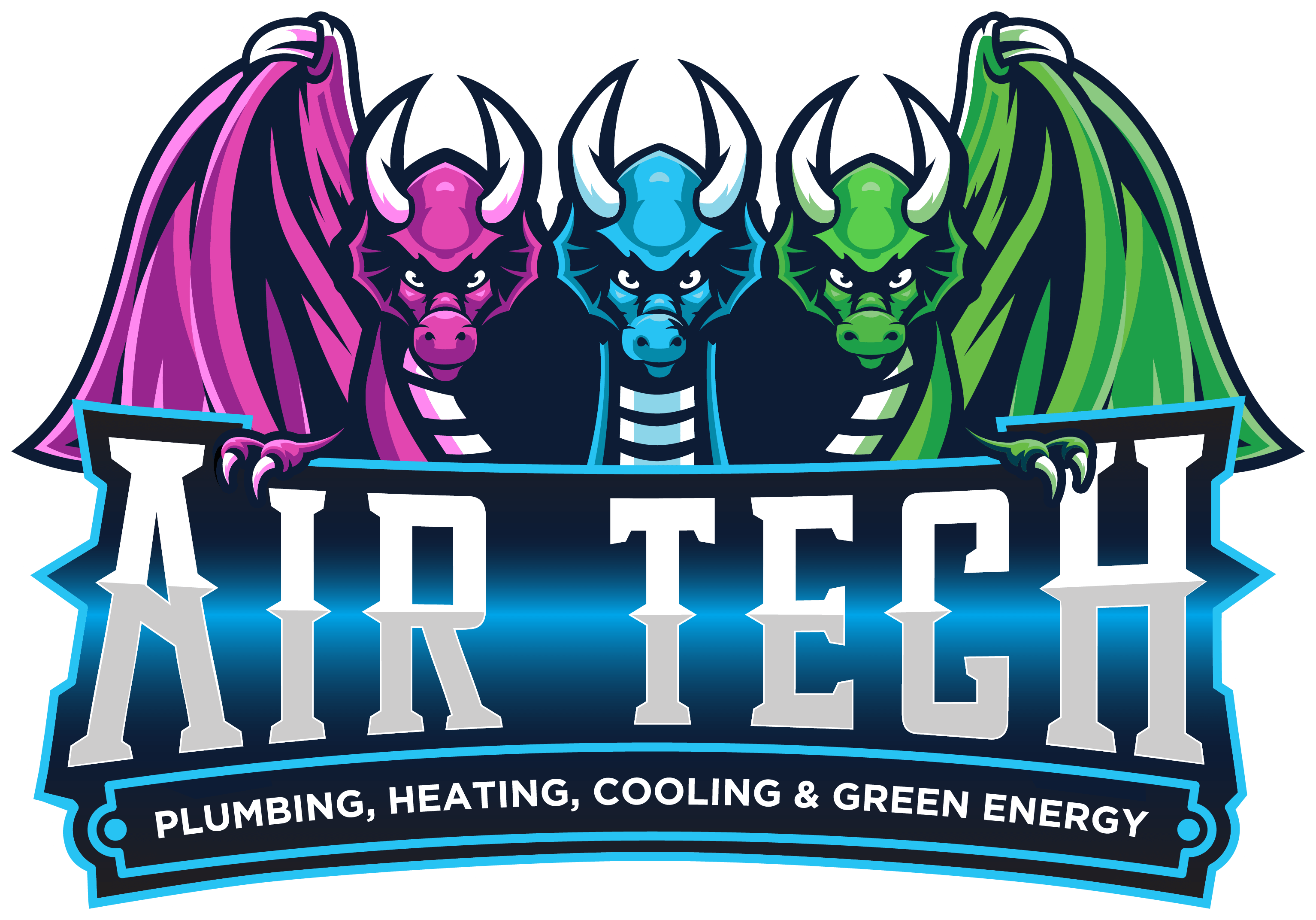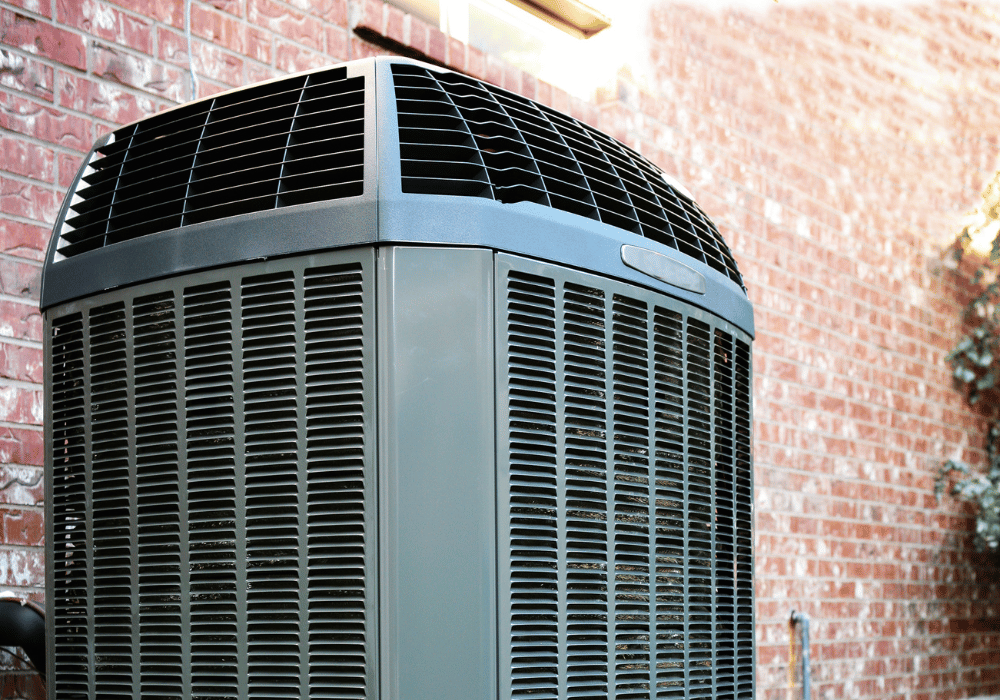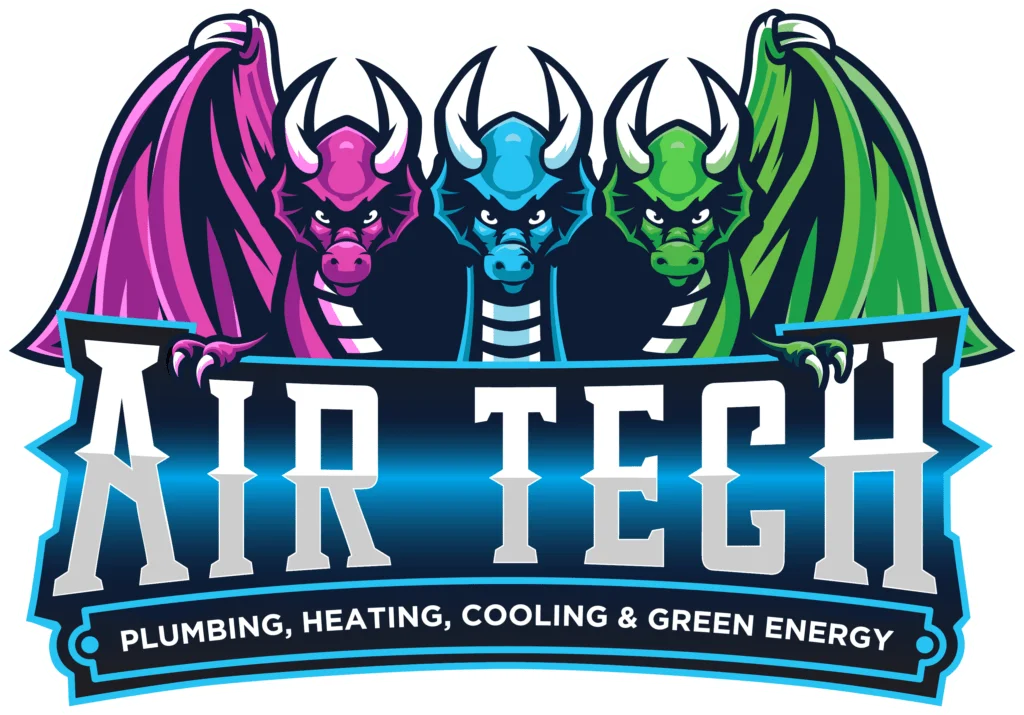The arrival of hot weather can turn a perfectly pleasant day into a sweltering nightmare, with your air conditioner as your main source of comfort—or frustration, if it’s not working properly. When your AC unit is turned on but isn’t delivering the desired cold air, there are a handful of common culprits that could be at play. In this guide, we’ll walk you through some of the typical reasons why your AC might be blowing warm air, giving you a solid starting point for troubleshooting the issue.
Check Your Air Filter
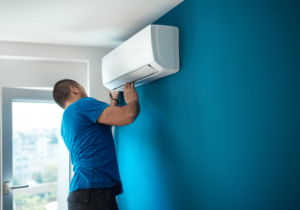 Most manufacturers recommend changing your air filter every one to three months, depending on factors such as the type of filter, indoor air quality, and the presence of pets. If you’ve neglected this simple maintenance task, a clogged air filter can severely restrict airflow, leading to your AC not cooling effectively. A dirty air filter also causes your system to work harder, which can lead to overheating and potentially more severe issues.
Most manufacturers recommend changing your air filter every one to three months, depending on factors such as the type of filter, indoor air quality, and the presence of pets. If you’ve neglected this simple maintenance task, a clogged air filter can severely restrict airflow, leading to your AC not cooling effectively. A dirty air filter also causes your system to work harder, which can lead to overheating and potentially more severe issues.
How to Fix
- Turn off your AC system.
- Check the location of your air filter and note the size.
- Purchase a new filter that matches the specifications of your old one.
- Install the new filter, ensuring it’s facing the correct direction.
- Turn your AC back on and see if there’s an improvement.
Refrigerant Level Issues
Refrigerant is the lifeblood of your air conditioning system. If there’s a leak or if your system wasn’t properly charged during installation or service, you could be dealing with a low refrigerant level, which is a common cause of warm air issues.
How to Diagnose
- Is there ice on the refrigerant lines leading into your system? This can be a sign of a frozen evaporator coil due to low refrigerant levels.
- Listen for a bubbling or hissing sound near the refrigerant lines. A professional will be needed to locate and repair the leak.
- Check for an indoor coil that’s colder than the rest of the system—touch it lightly with the back of your hand (not the front, as it can stick to frozen coils).
- Look for signs of a refrigerant leak, which could be oily or greasy spots around the unit.
How to Fix
If you suspect a refrigerant issue, call an HVAC technician. Repairs require specialized equipment and knowledge to handle refrigerants safely.
Blocked or Damaged Air Ducts
Air ducts carrying the cool air throughout your home can become obstructed by various means, from furniture blocking vents to collapsed ducts due to poor installation. Insulation damage and even vermin can also play a role.
How to Diagnose
- Check all your vents to ensure they are unobstructed.
- Look for any visible damage or collapsed sections in your ductwork.
- Turn on your fan and feel around for any drafts that could indicate a leak in the ducts.
How to Fix
- Remove any obstructions from your vents and ensure they are open and unblocked.
- If you find any visible damage to your ductwork, consider calling a professional to repair it.
- Seal any leaks using mastic sealant or metal foil tape approved for use on HVAC systems.
Electrical Issues
Your AC’s compressor and fans rely on an electrical connection to work correctly. A malfunction in the thermostat, breaker, or capacitor can cause your AC to blow warm air.
How to Diagnose
- Check your thermostat settings to ensure they’re correct.
- Make sure breakers haven’t tripped and fuses are functioning.
- Look for signs of damage in the electrical connections or circuits.
How to Fix
- Reset your thermostat by turning the power off and back on.
- If the issue persists, check or have an electrician check the fuses or circuit breakers.
- Inspect the capacitor for any bulges, leaks, or other noticeable signs of damage. If found, it will need to be replaced by a professional.
Compressor or Fan Issues
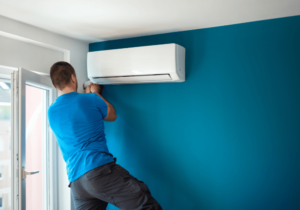 The compressor and outdoor fan unit in your air conditioner are responsible for pressurizing and cooling the refrigerant. Problems with these components can lead to warm air blowing inside.
The compressor and outdoor fan unit in your air conditioner are responsible for pressurizing and cooling the refrigerant. Problems with these components can lead to warm air blowing inside.
How to Diagnose
- Listen for unusual noises coming from the outdoor unit, like grinding or squealing.
- Inspect the fan blades on the outdoor unit to see if they’re dirty or damaged.
- Examine the wiring around the unit for signs of wear or breaks.
How to Fix
- If you notice a problem with the outdoor unit, switch off your AC and call a technician.
- To keep the outdoor unit’s fan in good working order, ensure it’s clean of debris and unobstructed.
- For wiring issues, a professional electrician or HVAC technician should be called to make the repair.
Acquainting Yourself with Your AC System
Understanding your air conditioning system is the first step in solving any cooling issues. Each system is different, so your best resource is often the user manual or manufacturer’s website for specifics about your unit.
Remember, when in doubt, it’s always best to reach out to a professional for help. Attempting to repair without the training or tools can result in further damage to the system.
By being proactive with maintenance and attentive to performance, you can ensure that your air conditioner remains a reliable provider of comfort when temperatures soar.
